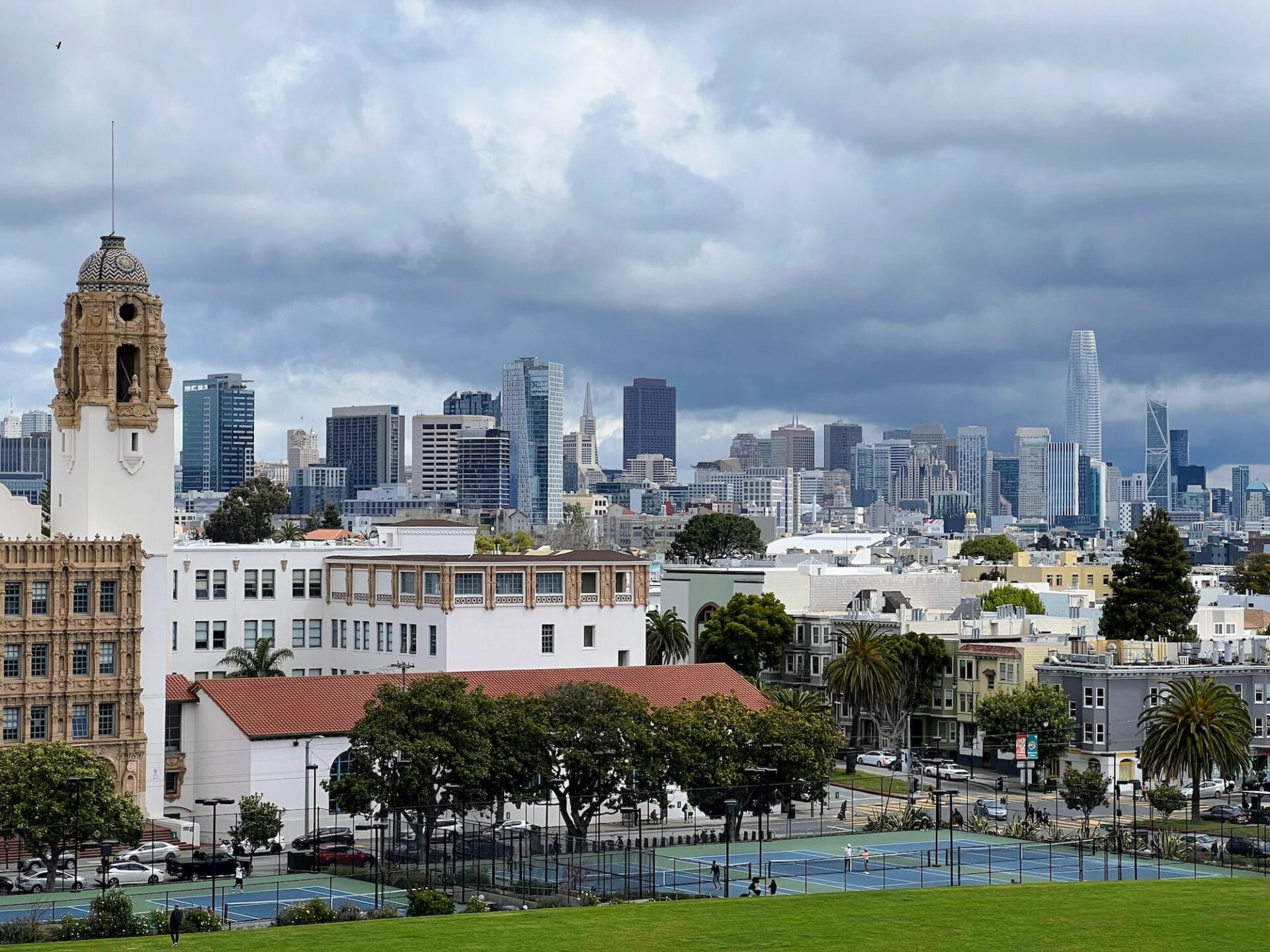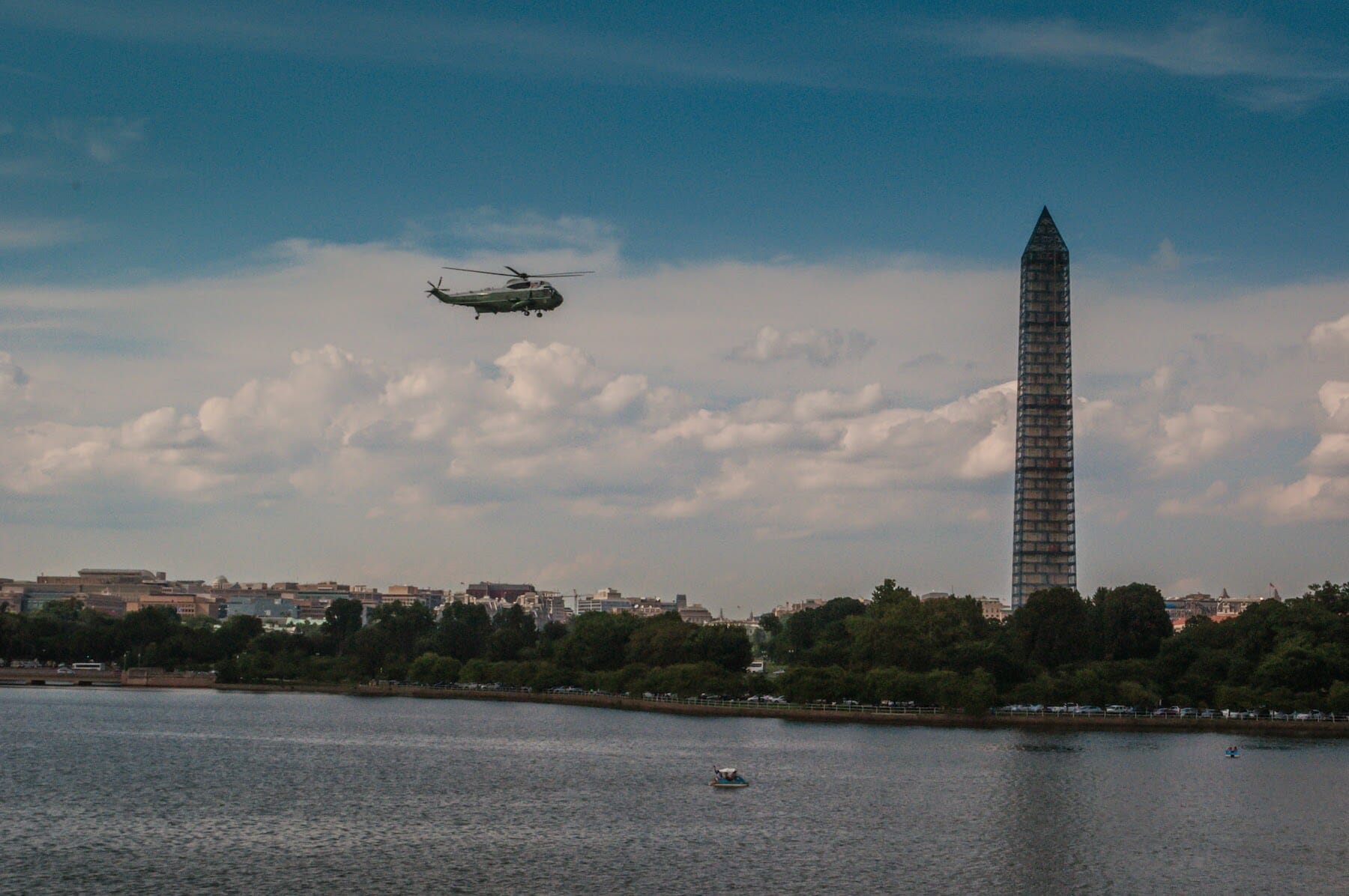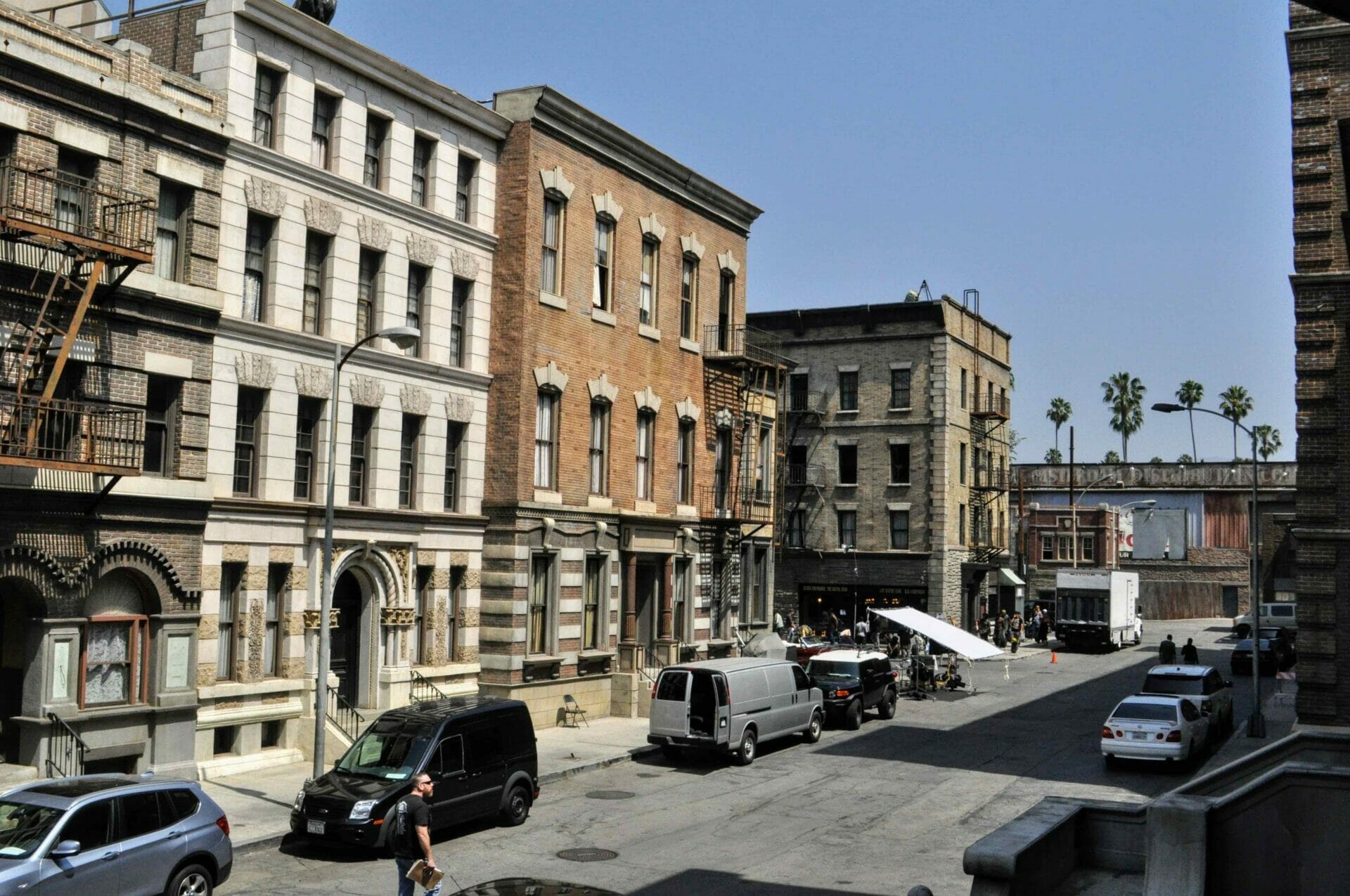Brooklyn is a city of great neighborhoods, but also hidden gems. While the area’s popular spots like Prospect Park and Flatbush are as breathtaking as they are welcoming, there are plenty of lesser-known areas that are worth exploring when you’re in Brooklyn. These 10 places not only offer up a taste of what makes Brooklyn unique but also represent the myriad subcultures under one sprawling umbrella. The best part: Most of these places can be explored on foot, making them the perfect day trip or escape from the hustle and bustle.
Flatbush Avenue

Located just west of Prospect Park, Flatbush Avenue is one of the most diverse areas of Brooklyn. Its diverse African American, Caribbean, and Caribbean American, and South American communities have been integral to the area’s cultural identity.
The Avenue is also home to some of Brooklyn’s most popular attractions, like Prospect Park and the Brooklyn Academy of Music (BAM). Flatbush is also where you’ll find a number of restaurants, bars, and art galleries, making it an excellent place to explore. This stretch of the Avenue is also known as the “Boulevard of Broken Dreams.” In the early 1900s, entrepreneurs tried to turn the Avenue into a bustling commercial hub, but it never gained the popularity of nearby streets like Fulton or Bedford. Today, Flatbush Avenue is known for its cultural legacy and diverse community.
Brooklyn Heights
Brooklyn Heights is the original residential neighborhood of Brooklyn, founded in the early 1800s by wealthy landowners who wanted a more secluded setting to settle in. Today, Brooklyn Heights is famous for its historic architecture, including brownstones, mansions, and churches that were built in the late 1800s. The beautiful buildings are what has helped Brooklyn Heights earn its reputation as one of the best neighborhoods in New York City. The Heights is also known for its central location in Brooklyn and easy access to Manhattan and the rest of Brooklyn. Brooklyn Heights is also a great place to explore because it’s near the Verrazano-Narrows Bridge, which can be used to access Staten Island. Prospect Park is also nearby, making it easy to combine a visit to Brooklyn Heights with a day in the park.
Fort Greene Park
Home to the Brooklyn Public Library, Brooklyn’s Visitor Center, and one of the city’s most beautiful neighborhoods, Fort Greene Park is one of the best places to visit in Brooklyn. The park is home to the Brooklyn Botanic Garden, which has over 6,000 species of plants, as well as the Renwick Gallery and the New York City Azalea Society. Fort Greene Park is also a great place to explore the art scene in Brooklyn. The Brooklyn Museum, the Brooklyn College Museum, and the New York Studio Museum are all located in Fort Greene Park, as are a number of artist studios and galleries. Another great thing about Fort Greene Park is that it’s a great place to explore on foot. The park is easily navigated on foot, and it’s also connected to the Prospect Expressway, which can be used to access the rest of Brooklyn and Manhattan.
DUMBO

DUMBO is an acronym for “Down Under the Manhattan Bridge Overpass.” DUMBO is a great place to visit in Brooklyn if you’re looking for a unique tourist attraction. The area is home to many of the city’s best photo opportunities, as well as some great shopping and dining options. A walk across the Brooklyn Bridge can be combined with a visit to DUMBO, and some ferries run between DUMBO and Manhattan, making it easy to combine a day of sightseeing with a day on the water. DUMBO is also known as “the art capital of Brooklyn” thanks to the many artist studios and galleries that are located there. If you’re into art, DUMBO is definitely worth a visit.
Cobble Hill and Carroll Gardens

If you’re visiting Brooklyn and want to go out of the city, you can’t go wrong with a visit to Cobble Hill and Carroll Gardens, which are both located on the western side of the Brooklyn Bridge. Carroll Gardens is known as the “culinary capital of Brooklyn” thanks to the many artisanal food businesses that are located there. You can also visit the Brooklyn Flea, which focuses on flea market finds or enjoy a visit to the Brooklyn Hospitality Business Association, which focuses on building the community of food businesses in Brooklyn. The Brooklyn Bridge is an easy way to get between Brooklyn and Manhattan for a visit outside the city. You can even take the NY Waterway ferry from Carroll Gardens to the southern tip of Manhattan.
Bed-Stuy and Bushwick
If you’re visiting Brooklyn and want to explore two very different neighborhoods, Bed-Stuy and Bushwick are both worth visiting. Bed-Stuy is known for being one of the most diverse neighborhoods in New York City. It’s also famous for its historic black community, which is home to some of the city’s most iconic black Brooklynites. Bushwick is known as the “creative capital of Brooklyn” thanks to its art scene and diverse immigrant communities.
Bushwick is also well known for its food scene, with a number of artisanal food businesses and food trucks located in the neighborhood. A visit to either neighborhood will show you just how diverse Brooklyn truly is. Both Bed-Stuy and Bushwick are easy to get to from Downtown Brooklyn, making it easy to explore them as a day trip from the city.
Bushwick Brooklyn
Bushwick Brooklyn is a neighborhood of Brooklyn, New York. It is located in the northwestern part of the borough, and is bounded by Flushing Avenue to the north, Broadway to the east, Bergen Street to the south, and Broadway and Classon Avenue to the west. The neighborhood is home to many businesses that cater to its diverse immigrant communities.
The neighborhood’s name is derived from a family name of Dutch origin. In 1836, following an influx of Dutch families from New Amsterdam (now known as New York City), a man named Bushwick purchased a farm on what was then known as “Bushwick Neck” (now Manhattan’s Upper West Side) with his two brothers-in-law. The farm was located near Newtown Creek (which runs through present-day Bushwick). During this time period, Bushwick was still part of Manhattan County and sat across from what became Brooklyn Heights in Brooklyn.
In 1855 this farm was subdivided into lots for residential development by Isaac Snediker who had acquired it through marriage in 1851. The area developed slowly until after World War II when it became one of the most diverse neighborhoods in Brooklyn due largely to post-war immigration patterns which resulted in an increase in population and increased housing demand. As a result, Bushwick has become known as “Brooklyn’s Little Italy”.
The demographics of Bushwick are diverse: according to census data there were 30 different languages spoken at home among residents who spoke English at home.
If you want to explore the borough, we recommend exploring Brooklyn by car. You can easily get around the borough via the New York City Subway or the Long Island Rail Road, both of which offer service from Downtown Brooklyn and Midtown Manhattan.
Downtown Brooklyn
Downtown Brooklyn is the second-largest business district in Brooklyn, and it’s also home to the Brooklyn Academy of Music, which is one of the largest performing arts centers in New York. The downtown area is also home to some of the city’s best shopping and dining. In fact, Downtown Brooklyn has more than 3,000 restaurants and food establishments. If you want to take a break from exploring, there are plenty of places to rest your feet and grab a bite to eat. And if you’re feeling adventurous, why not try some authentic Caribbean food? It’s one of the most popular cuisines in Downtown Brooklyn!
Public Transit to Brooklyn
Downtown Brooklyn and Midtown Manhattan are both easily accessible via the A, C and G subway lines. The A train will take you to Atlantic Avenue-Barclays Center station, which is the hub for all subway lines in Brooklyn. The LIRR also provides access to Long Island from Penn Station New York City. These options are great ways to get around the city if you don’t plan on renting a car.
Conclusion
Brooklyn is a borough that has it all. Some of the most beautiful architecture in the city can be found in Brooklyn, and the diversity of people who live there is astounding. Brooklyn’s residents are a varied bunch; no matter who you are or your interests, you will find something to love about this borough.
Brooklyn official Travel Website
Brooklyn Map
Afficher une carte plus grande






